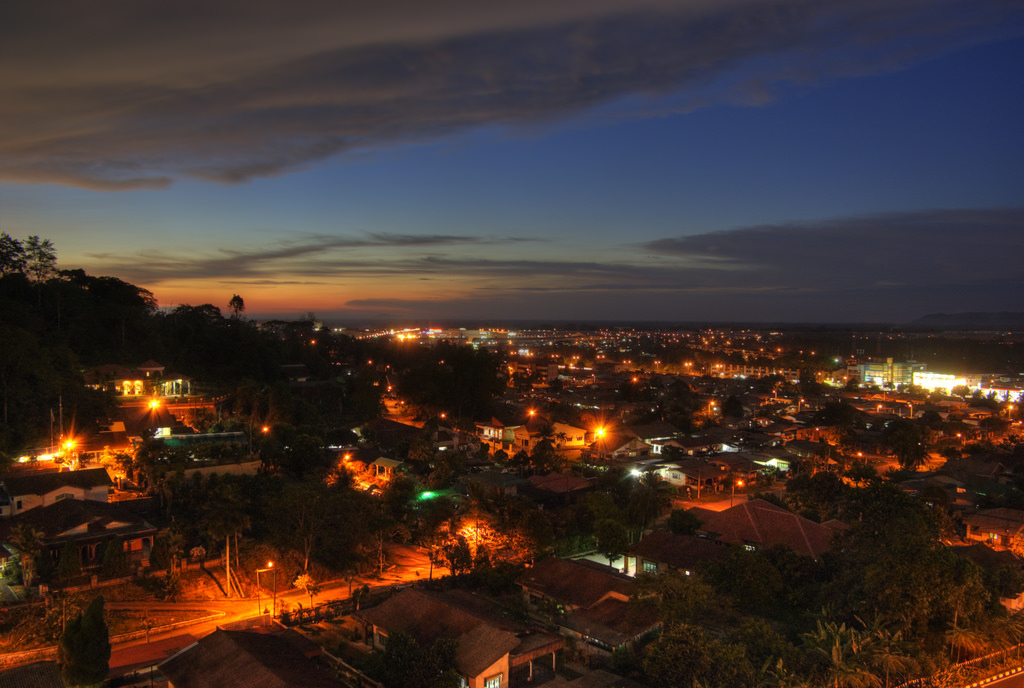El Niño is in full swing but sunburn is the least of our worries. If you were in the country about 2 years ago, you might remember the emergency water rationing that was carried out in parts of Malaysia as dams were dying up from a result of many rainless weeks. The way the sky is looking, we seem to be heading in that direction again. Right now, lakes are drying up and water levels in various dams around the country are reaching a critical point.
The high temperatures have already resulted in a few days of school closures in northern Malaysian states and a state-wide ban on all hunting activities in Sabah in late March. On top of that, the Ministry of Health has voiced concerns about the very real possibility of rising dengue cases as a result of the heat which make prime breeding conditions for aedes mosquitoes.
However, one of the biggest concern at the moment is that water levels are hovering dangerously low in some dams. According to the drought monitor set up by Malaysia’s Department of Irrigation and Drainage, Bukit Kwong Dam in Kelantan, and Bukit Merah Dam in Perak are at critical levels with less than 15% water left in storage. Meanwhile, water levels at the Padang Saga and Beris dams in Kedah as well as the Timah Tasoh dam in Perlis hover at just below 40%. These were the levels recorded on 19th April.

Water rationing has been implemented in parts of Johor, namely Kota Tinggi and Mersing, and this affects approximately 85,000 industrial and residential consumers. Syarikat Air Johor (Johor Water Company), which manages the state’s water supply, announced that consumers will receive one day of water supply followed by two days of no water. The rationing will continue until 15th May, unless the situation improves.
Scheduled rationing starts this week as a number of treatment plants in Johor are not operating at peak efficiency since the plants are not receiving enough water from the rivers and dams that supply them. The rivers that are drying up include Sungai Sedili Kecil, Sungai Gembut, and Sungai Mersing, while the Johor dam that recently reached a critical level is the Congok dam.
Even though the Meteorological Department’s 19th April update reported that El Niño seems to be dying down, temperatures are still 1.3°C above the national average with 11 areas experiencing a maximum daily temperature between 35°C – 36.9°C and two areas, Kuala Krai and Batu Embum, are suffering temperatures over 37°C as of 18th April.
Right now, many states are coping well with the heat and most dams are at normal levels but this can change in no time at all. Already, the heat has claimed a life. A trainee police officer in Kuala Lumpur died last month from a heatstroke according to The Straits Times Asia, and the Ministry of Health announce that there were 7 cases of heat exhaustion in the first two weeks of March alone.
Whether you believe global warming and climate change are real or not, the current situation is worrying and everyone would do well to stay out of the sun, stay hydrated, and be smart about water usage.
See also:
"ExpatGo welcomes and encourages comments, input, and divergent opinions. However, we kindly request that you use suitable language in your comments, and refrain from any sort of personal attack, hate speech, or disparaging rhetoric. Comments not in line with this are subject to removal from the site. "


















